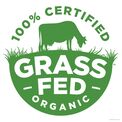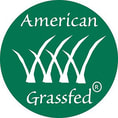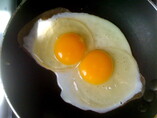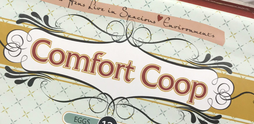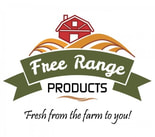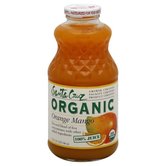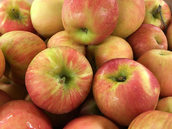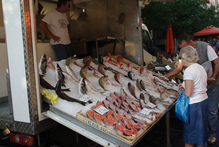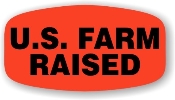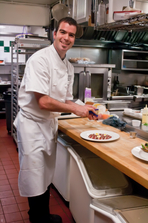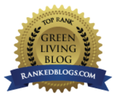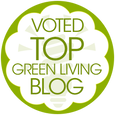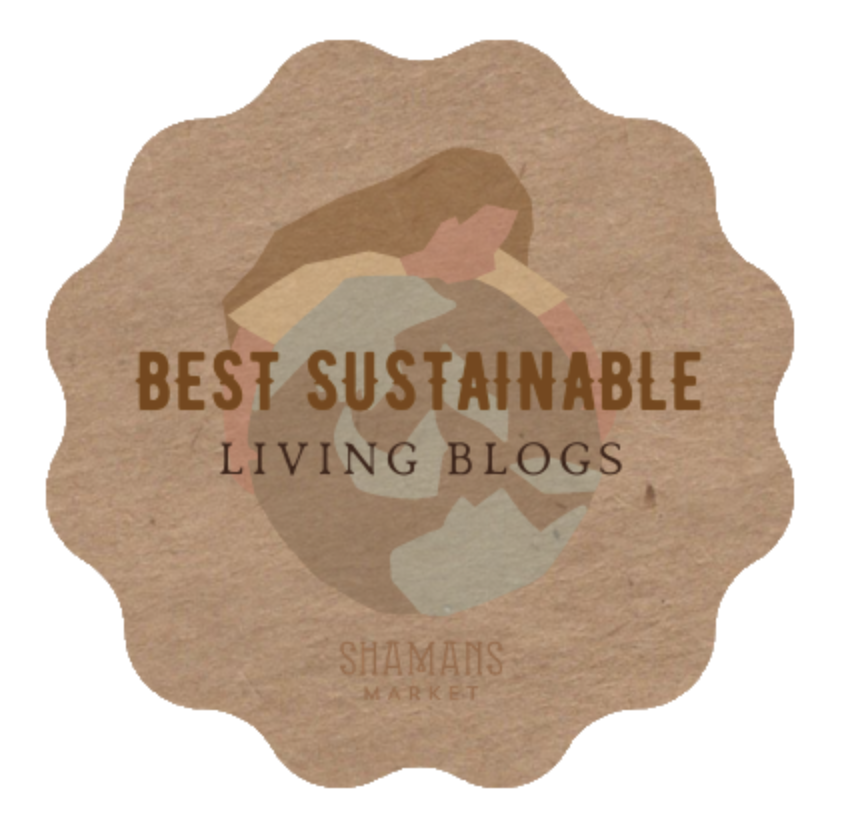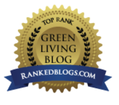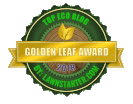 Some of the Grass Fed Labels
Some of the Grass Fed Labels The USDA says that grass-fed animals, such as chickens and cows, must get the majority of their nutrients from grass throughout their life. Chickens that are grass-fed eat a more natural diet, including digesting insects. Benefits from the chickens eating a grass diet are seen in the chickens' eggs, and meat consumed by humankind.
Many similar benefits come from grass-fed cows when beef is sold.
BUT the food provided to cows and chickens could be supplemented with feed containing pesticides and animal products!
Environmental Scientist
International Sustainability and Energy Consultant
Contribute your comments!

